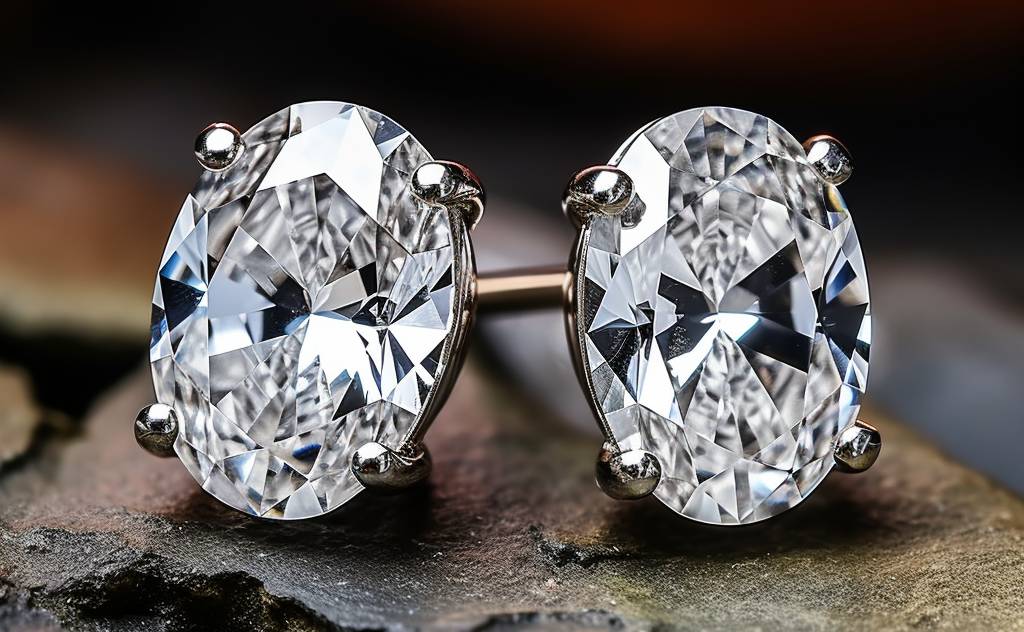
The beauty of Lab grown diamonds jewelry making
|
Tid å lese 6 min

Add up your collection of jewelry with our lovely Diamond Jewelry Lab...
|
Tid å lese 6 min
The procedure followed in affixing lab-grown diamonds to jewelry is the same as that for natural ones. First of all, the mounting or setting must be properly sized. The metal must be cleaned thoroughly, and if soldering, flux must be applied. After this, the diamond must be set securely with prongs, bezels, or channel settings. It is extremely important to use the right tools and precautions to protect the stone from any possible thermal injury during soldering. These days, professional jewelers buy their specialized tools and training.
Lab-created diamonds, when compared to natural diamonds, generally cost 40-50 percent less for the purpose of jewelry making and thus offer great savings for the jewelers and the customers alike. Though their prices are lower, lab-created diamonds possess the same physical and optical properties. This price benefit allows jewelers to give higher carat weight or better clarity and still remain competitive in the pricing of the final piece.
Essential tools for setting lab-grown diamonds are the loupe, tweezers, stone-setting pliers, graver, and a microscope for precise setting. Other equipment will consist of normal jewelry-making tools, files, and polishing tools, with torch setups. Quite importantly, quality measuring tools and stone-cleaning solutions affect professional results.
Like natural diamonds, lab-grown diamonds can be cut into custom shapes or specifications. Cutters use the exact same equipment and techniques, often with training and expertise in maximizing brilliance and symmetry. Custom cutting allows jewelers to basically offer unique designs while maximizing rough crystal yield.
Platinum as well as 14k/18k gold are the best compatible metals for lab-grown diamond jewelry. These metals are durable, set securely, and blend well with the beautiful shine of the lab-created diamond. While white gold helps magnify the white appearance of the stone, yellow and rose gold deliver an impressive and contrasting effect. Choose according to metal hardness and the preference of the customer.
Testing lab-grown diamonds usually involves using either a diamond tester or thermal conductivity meters. Before setting, the authenticity should always be verified with documents and visual inspections at magnification. Modern testers are capable of identifying whether a stone is artificial or natural, thus preventing incorrect input into the manufacturing process.
Jewelry-makers enjoy a profit margin of about 25 to 35 percent more on lab-grown diamond pieces than on jewelry containing natural diamonds. Lower materials used, a guaranteed supply, increased demand, and marketability as green and ethical products all contribute to increased returns. Moreover, because they are manufactured with quality craftsmanship, these products will also demand premium pricing.
